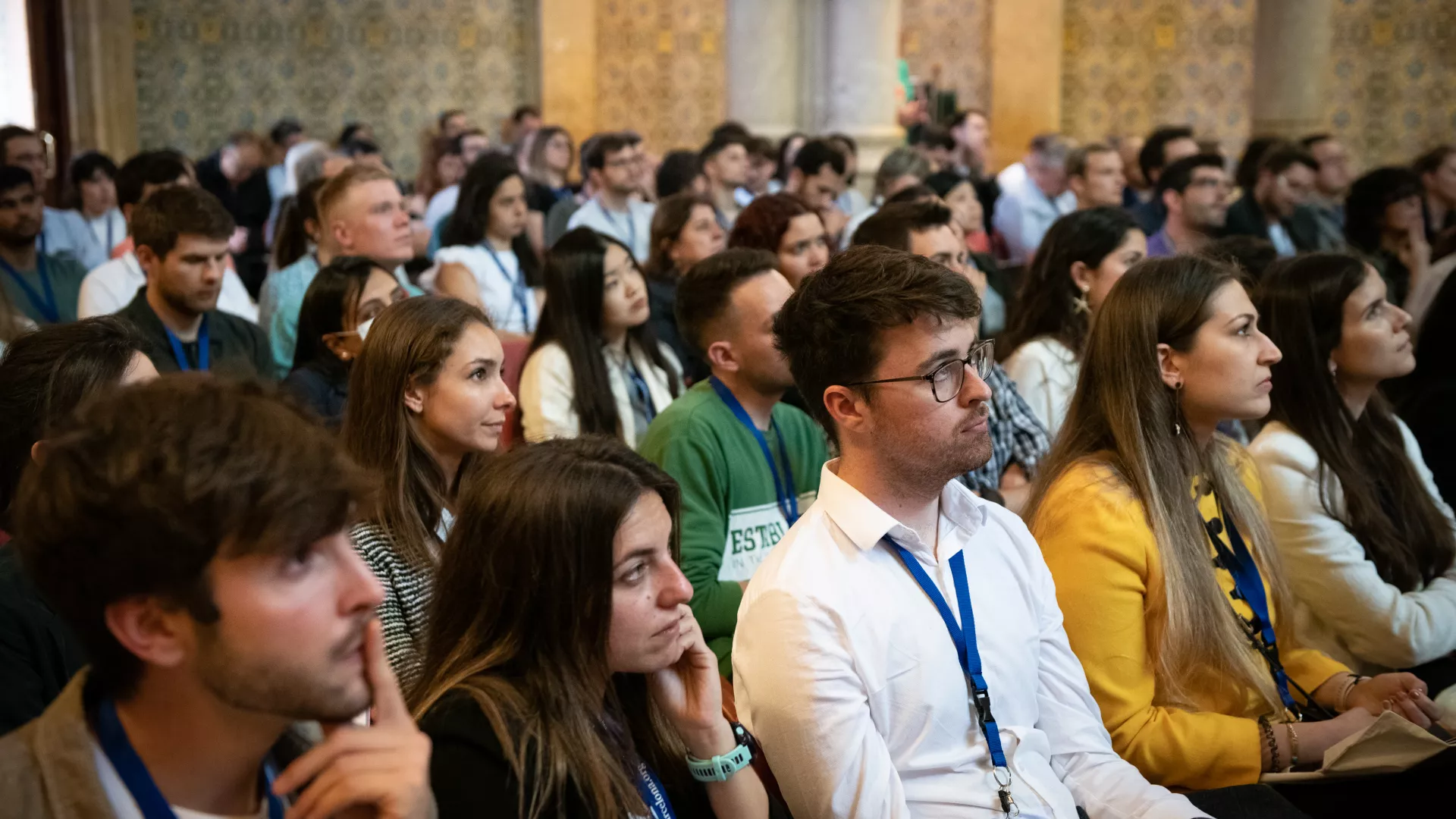Speaker: :Carolina Eliscovich. Research Assistant Professor, Department of Medicine, Department of Anatomy & Structural Biology, Director of the Imaging and Cell Structure Core, Albert Einstein College of Medicine, Bronx, NY
Presentation
Organizer: IRB Barcelona
Date: Tuesday 13 April 2021, 5.00 pm
Title: "Imaging gene expression to understand liver during regeneration"
Host: Raúl Méndez, PhD - Group Leader - Translational Control of Cell Cycle and Differentiation Lab - Mechanisms of Disease Programme - IRB Barcelona
ABSTRACT
The liver is unique in its incredible capacity to regenerate from injury. This organ is the central coordinator of many metabolic events, and carries out a wide range of essential functions required for health and homeostatic regulation. Liver tissue consists of hepatocytes –the dominant cell type– functioning in multiple anatomical units named lobules extending along the sinusoids from a branch of the portal vein (peri-portal zone) to a branch of the hepatic vein (peri-central zone). Blood rich in oxygen enters the liver lobule at portal tracts and drains out through the central vein creating graded microenvironments. Consistent with this, hepatocytes residing along the lobule porto-central axis specialize in distinct tasks, a phenomenon termed liver zonation. Although hepatocytes turn over slowly, the liver displays the ability to recover its original mass within 7 days after surgical resection of as much as 70% in experimental models such as mice and rats. This regenerative capacity after partial hepatectomy is mediated by a sequentially coordinated series of events that start with an immediate increase in portal blood flow and it is followed by a reprogramming in gene expression leading to synchronized cell cycle progression and eventual tissue growth. Although the process of regeneration has been studied for many years and single-cell RNA profiling has enriched our understanding of the extraordinary diversity of hepatocytes, this zonal heterogeneity has not been functionally interrogated in the context of liver regeneration because critical imaging tools have not been available. We are using single-molecule fluorescence in situ hybridization (smFISH) to investigate gene expression mechanisms in liver during regeneration with high spatiotemporal resolution. By characterizing molecular events as they occur in the intact tissue, modern imaging technology has the power to examine cause-and-effect relationships and quantitative kinetics to build predictive models of gene expression.
Biomed Webinar
RESTRICTED to IRB Barcelona Community members

